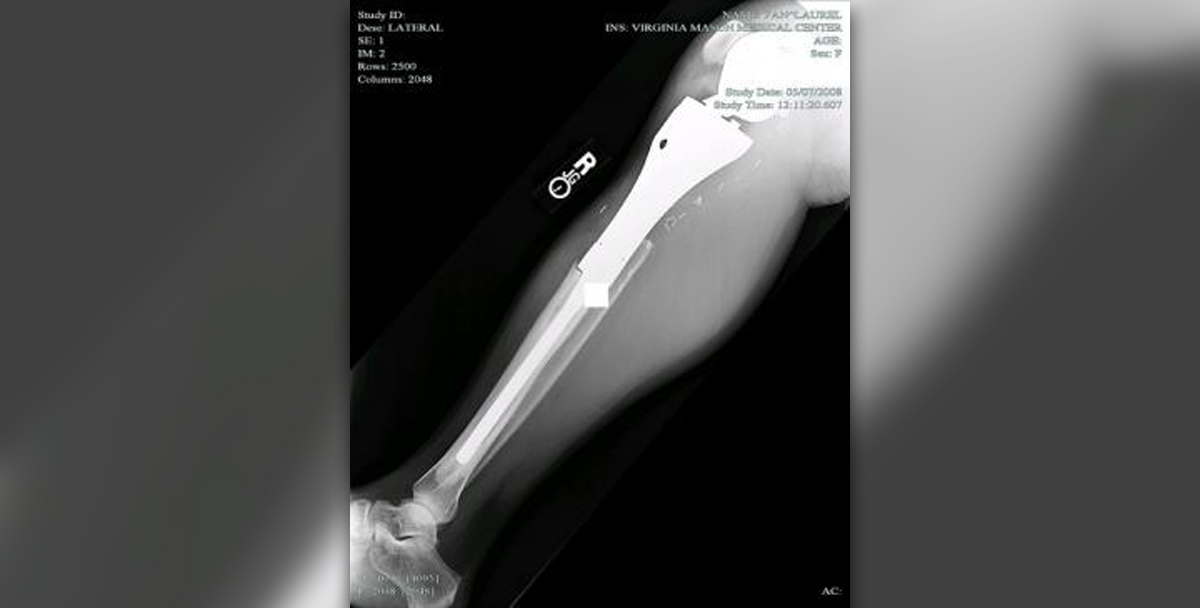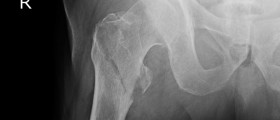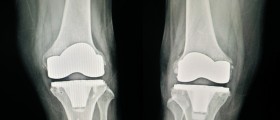
Fractures of tibia and the main types
Types of tibia fractures can be divided according to localization of the fracture, so there are fracture of the upper part of tibia (tibial plateau), fractures of the main body of tibia (usually fracture of fibula is included) called fracture of diaphysis, and fractures of the lower third of the tibia, which can affect joint, too.
First type is more common in older people, it usually happens because of the direct force hit on tibia. Strong pain occurs, followed by hematoma and deformation. Active movement is not possible, or it is very difficult and in this situation it is important to check for arterial breach, which can lead to a shock. Treatment can be operative and non operative, and while non operative is used when there is no dislocation of the broken fragments, operation is needed for dislocated parts. Beside reconstruction of the broken elements, it is also important to restore ligaments to a previous state, in order for a bone to function properly after the recovery. Second type of fracture happens more frequently because body of tibia is located exactly underneath the skin and there is no soft tissue to soften the mechanical impact (this is part of the bone that can be felt under skin). Nutrition of the lower part of tibia is compromised because of the injury, which is a serious complication that has to be taken care of after the surgery. This type of fracture can be opened or closed, located or dislocated. Closed are treated in the same way as opened, because severe destruction of soft tissue is present. Operation used here is called intramedullary fixation and this method is among the best ones, because it reduces the possibility of periost (one of the bone layers) to be destroyed. Surgery enables anatomic reposition, but after the surgery, infection might emerge. Operation of open fractures includes external fixation with the help of instruments – fixators, and it is very important to tend the soft tissue on everyday basis to avoid the possibility of infection. Serious closed fractures require surgery to avoid further complications such as ischemia.Third type of tibia fractures includes three different variations: fracture that does not affect joint, fracture that does it partially, and fracture that completely affects the joint. If joint is included in the fracture, surgery has to be performed because without it, normal recovery is simply not possible. Reposition is done during surgery and fixation is included, too. Using the broken leg is allowed after minimum four months.
















Your thoughts on this
Loading...